Enter a surname, town name or other keyword to search the database. Remember to
allow for the different spellings of 'Mc' and 'Mac.' Good luck!
{Search tips: Use single word search terms for more results}
You must enter some valid character(s) into the search field
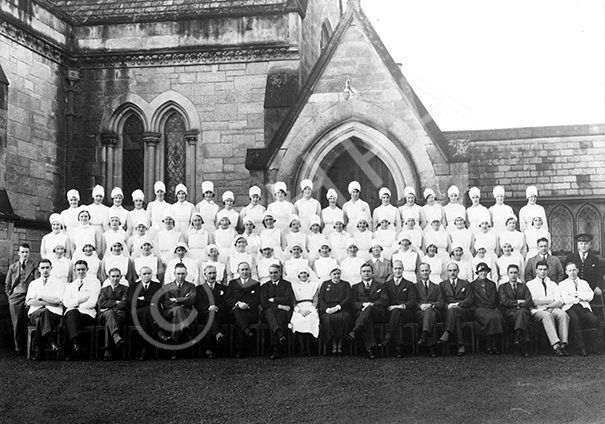
Reference: 713
Copy for Gilbert Ross (seated ...
|
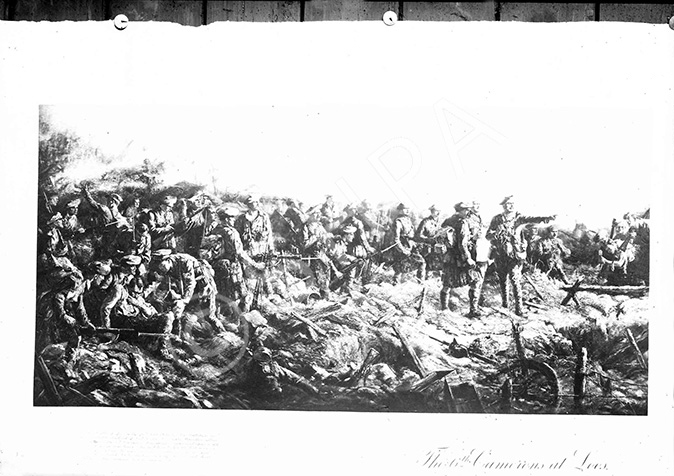
Reference: 416a
A photo of a print of the Jose...
|
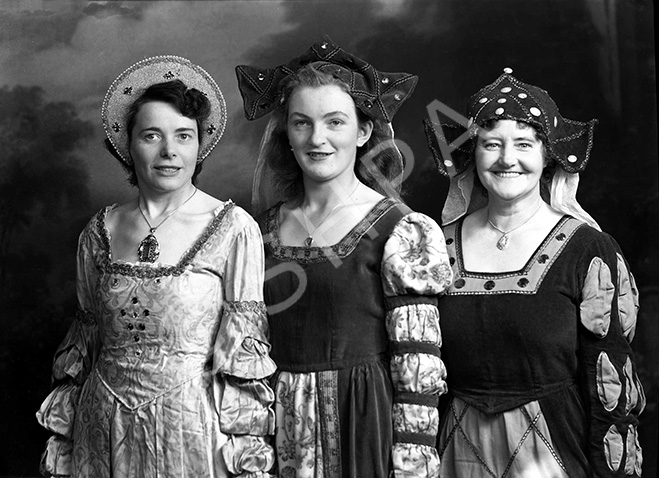
Reference: 413b
Jarrett. The Florians. At righ...
|
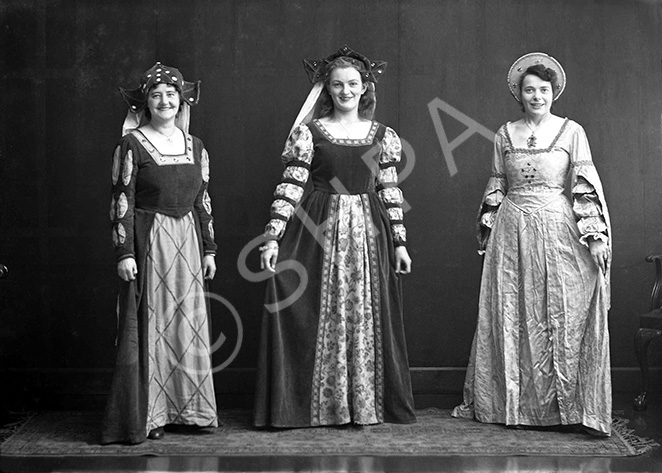
Reference: 413a
Jarrett. The Florians. At left...
|
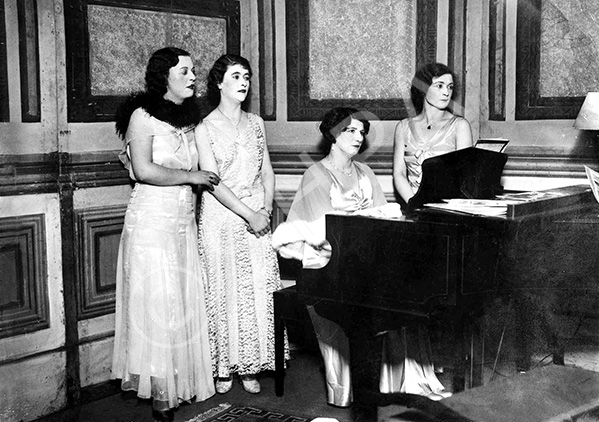
Reference: 298b
Miss S. Mackenzie, Broadstone ...
|
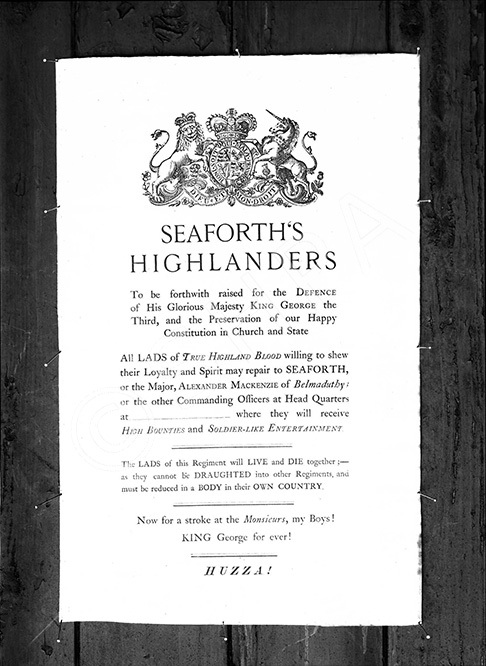
Reference: 237
Seaforth’s recruiting poster a...
|
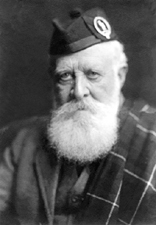
Reference: H-0258b
Osgood Hanbury Mackenzie (1842...
|
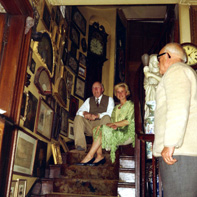
Reference: 4009d
Mr Cormack, Wick....
|
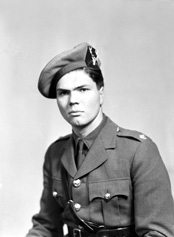
Reference: 34710
2nd Lt R.J. Stalker, Seaforth ...
|
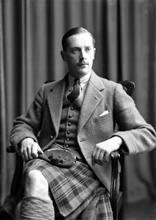
Reference: 32057e
Mr Argyll Robertson, The Depot...
|
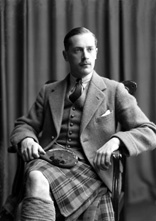
Reference: 32057d
Mr Argyll Robertson, The Depot...
|
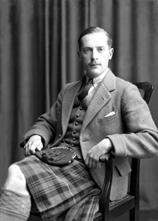
Reference: 32057c
Mr Argyll Robertson, The Depot...
|